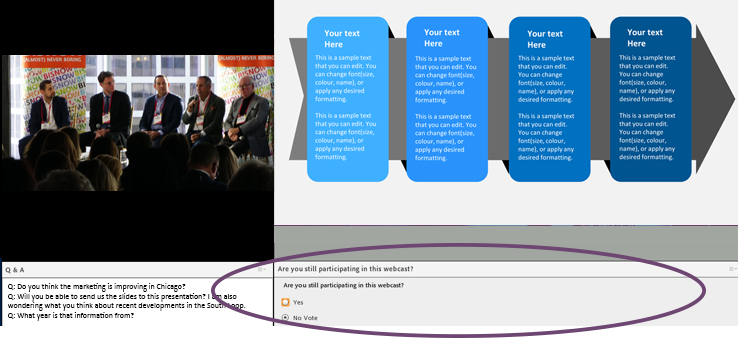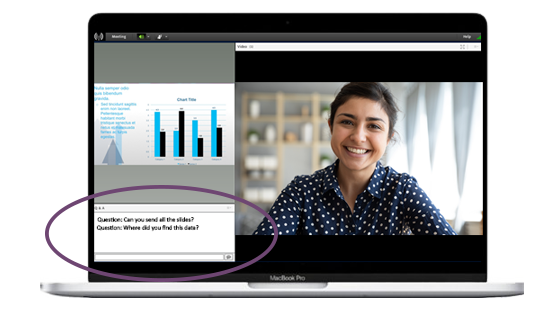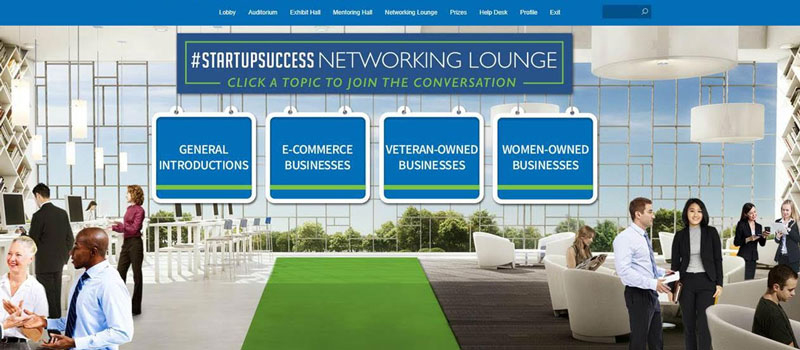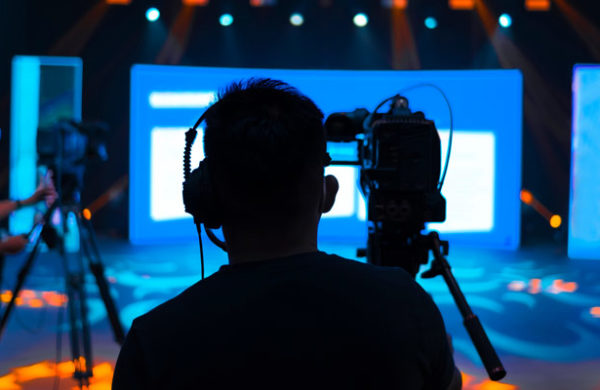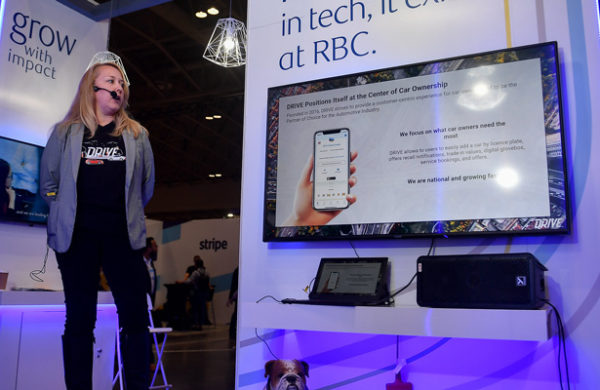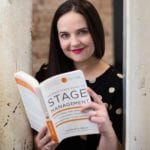
Planning an online event without thinking about audience engagement is like building a sailboat without material for the sails. Thoughtful, intentional engagement is one of the keys to making an online event effective and memorable.
Luckily, there are lots of ways to keep your audience tuned-in they watch through a computer screen. All it takes is some careful thinking about your end-goals and audience, and a few new tools in your event planning toolbox.
First Step: What type of engagement are you looking for?
As a starting point, think about the flow of your event and what type engagement you’re hoping for. That will help you narrow in on the right engagement tools to choose. For example:
- What information or data do you need to gather from your attendees?
- What information does your presenter(s) want from your attendees?
- How do you want your attendees to interact with each other?
- Do any of your attendees have information that would be helpful to communicate to the group?
- Why are your attendees coming to the event? What might they want to contribute or learn more about? What types of questions might they have?
4 Tools for Keeping Your Audience Engaged
Tool #1: Polling
You can use polling to prompt the audience for responses. Polls can be multiple choice or open-ended text fields, and many popular webcasting platforms have polling capabilities. Your presenter can see the results in real-time and they can either announce results to the group, keep the information confidential, or publish the real-time results to the entire group.
There are two main reasons to use polls:
1) To get information from your attendees
If you need to collect data of any kind on your audience, here are a few examples of what you can poll:
- Ask how familiar the audience is with a certain subject to cater the content accordingly
- A call for feedback on a topic during a break
- Multiple choice or true or false questions to quiz the audience every 5-7 minutes throughout a training to ensure they’re understanding the content
- An interactive, visually compelling word cloud comprised of audience opinions, feelings, or one-word feedback
Polling can help you gather data about your audience or can help keep them tuned-in.
2) To keep people engaged and create interaction between attendees
If you’re not looking for data but rather want to just use polling to increase engagement, here a few examples of what you can ask:
- Interesting or thought provoking questions incorporated during a keynote presentation
- Competition to answer trivia the quickest (with virtual leaderboards to add competition)
- Icebreaker to kick off a smaller breakout session. Let attendees share something about themselves!
Other tips for polling:
- Try to find a way to incorporate at least one poll into every presentation.
- For a one hour meeting utilizing polling, we recommend at least one poll every 15 minutes. Thirty minute sessions should target a polling interaction every 5-7 minutes
- When possible, ask 2-3 poll questions at once to capitalize on your audience’s engagement at that moment.
- Talk about polling in your housekeeping communication, whether in a pre-event email or verbally at the start of your virtual event. It’s great to give the audience a test question to give them an opportunity to connect to the poll and know what to expect.
- You can also ask “cue point” questions which ask attendees to answer a question to stay logged in and confirm they’re listening.
Tool #2: Q&A
Q&A can be done in several ways. Here are a few options:
Free flowing Q&A
With Audio: A Q&A via audio lets audience members ask a question by unmuting themselves. This is most successful in small groups with a very specific audience, such as a group of peers.
With Chat: You can also let attendees submit written questions throughout the presentation. These questions can be moderated by you, your presenter, or your virtual events partner. Then, the selected questions can be read aloud or published so the audience can see them.
A moderated chat can also work well to facilitate conversation. This is a little different from a Q&A because you’re encouraging attendees to also chat with each other in addition to asking the presenter questions. One way it often works is that a chat moderator encourages people to participate in the chat by asking questions related to the content, or by highlighting key phrases or moments in the presentation.
Planned Q&A segment
A planned segment at the end is best for larger audiences and topics that need to be presented without interruption. Be sure to have a few pre-prepared questions on hand you can start with so there isn’t an awkward lull as people write in their first questions.
A good way to achieve planned Q&A while allowing for increased interactivity is to stop every 10 to 15 minutes to take questions on that specific segment. This is often more interactive and engaging to the audience, as the questions have more immediate relevance and often can serve as segues to the next point or topic.
Questions can be solicited from the audience in advance of the meeting as well, often through your virtual event registration site. These questions can be used to influence the topics discussed in the meeting itself as well as to kick off the planned Q&A segment.
Many platforms have a variety of options for Q&A layout and functionality.
Tool #3: Gamification
Introducing a little friendly competition is a surefire way to keep people engaged. The right game likely depends on your audience size.
Large audience games (150+ People)
- World Cloud Icebreaker: Let your attendees answer a fun question and their responses several different platforms will collect their responses in a word cloud. For example, “When was the last time you were really glad you woke up at 4am to do something? Tell us what you woke up early to do!”
- Create Multiple Choice Trivia for the full group: You can also select a few attendees to share their audio and camera to play the game. Consider letting your audience vote on trivia categories to increase engagement even further. These questions can be conference themed, company culture themed, or even pop-culture related.
- Ongoing Competitions: During training or learning-based virtual events, active, continuous competitions are a fun way to reinforce information. You can integrate point-based competitions to answer questions based on the information just covered to reinforce the information and add an element of fun to your educational event.
- “This vs. That” polls that run during breaks. For example, “Star Wars vs. Star Trek” or “Spring vs. Fall”
Small to medium audience games (5 – 100 people)
- Personal Facts Guessing Game: Attendees submit a personal fact in advance and the audience uses polling to guess who belongs to which fact.
- Lunch Break Scavenger Hunt: For a day-long meeting, give attendees an hour, walkaway lunch break, but give them a short, fun photo scavenger hunt. They can use a social media hashtag to post and track it, or submit in another way (specific email, polling software, survey, etc)
- Pet Photos: At a break, encourage attendees to share photos of the pets that are keeping them company while they attend your online event.
- 10 Things in Common: Split into groups of no more than 5 or 6 to come up with a list of 10 things in common. This works well for inter-office teams who could break away from the main meeting to a chat box with just their small group to discuss commonalities
Tool #4: Attendee Networking
In an in-person meeting, networking happens naturally. For an online event, it requires a little more pre-planning.
There are several ways you can create networking opportunities. On some platforms, you can actually create networking lounges focused on different topics that people can hop into and begin to chat freely.
There are also options to push a general session into predetermined breakout rooms with a discussion point for that session. Smaller groups can video or text chat with each other, and can come back and report their findings with the larger group.
Think through the most valuable networking opportunities at your in-person event. Then, work with your virtual event partner on creating seamless, engaging ways to replicate them.
A networking lounge on a virtual event platform where attendees can choose the topics they’re interested in.
Are you ready to plan an engaging online event? Reach out to us at any time!
